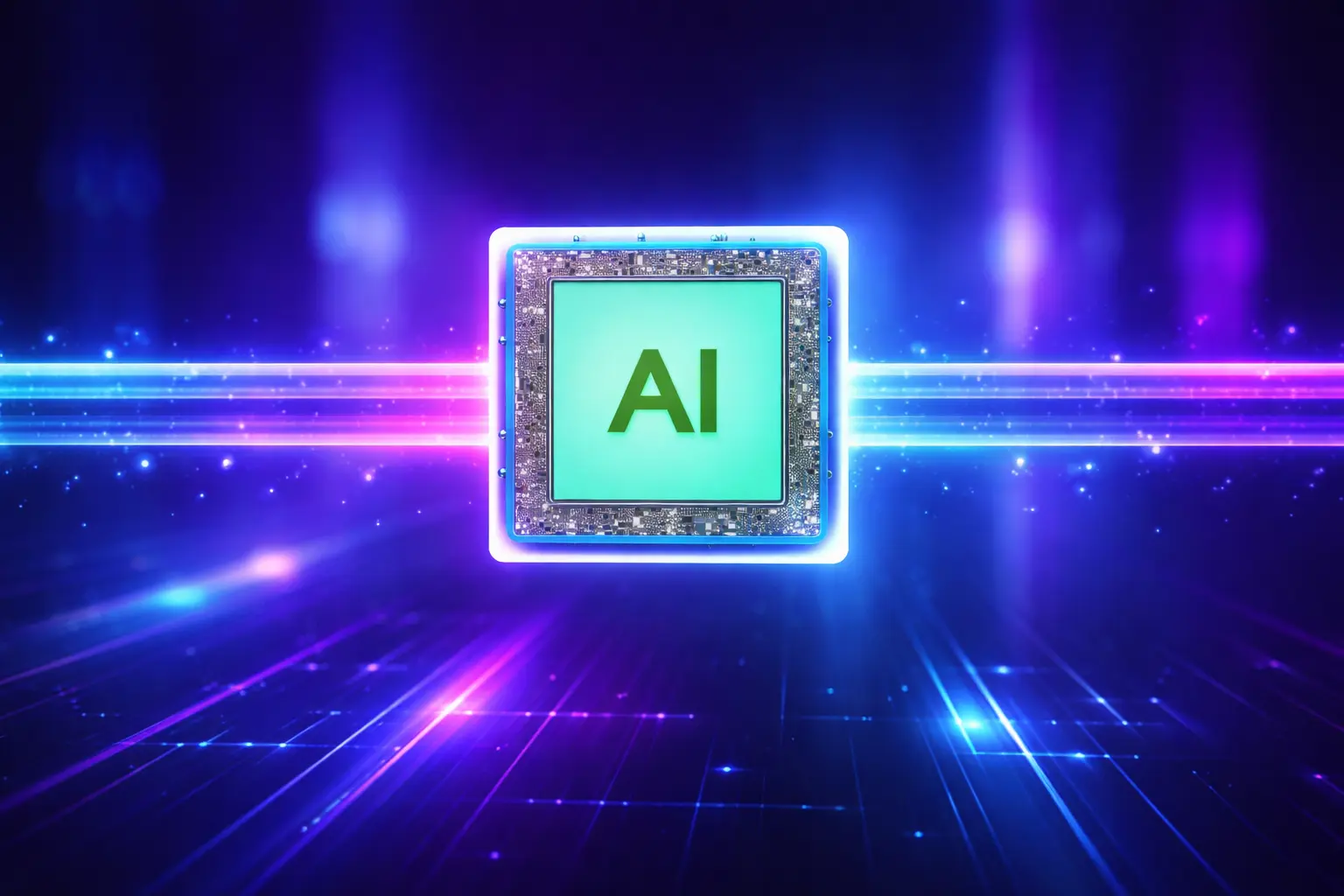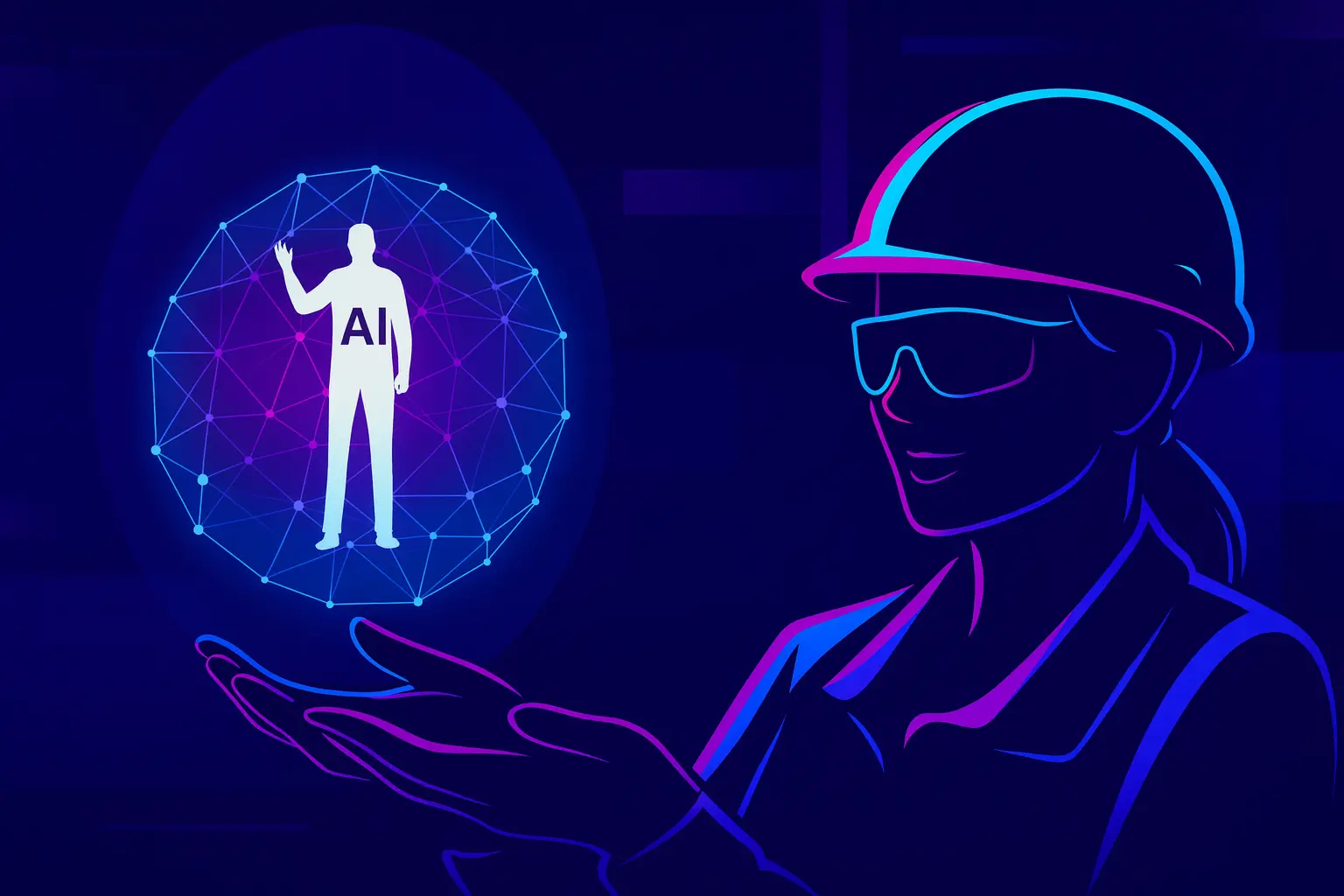
Ever thought about creating powerful AI without high costs or slow speeds? AI model distillation does that by transferring knowledge from a larger model (teacher) to a smaller model (student). This keeps performance high while making complex models easier to run.
Read this to learn how it works, why it matters for you, and how to use it. Based on proven research and real examples, this guide gives you clear steps and data to trust and apply right away.
What Is AI Model Distillation?
Do you ever worry about big AI models using too much power and money? AI model distillation solves this. It takes knowledge from a large, complex teacher model and passes it to a smaller student model. Then, the student model is trained to mimic the teacher, so you get similar results with less effort.
The distillation process uses the teacher's soft outputs like probabilities instead of just hard labels. For example, a teacher model might say an image is 30% dog and 20% cat. This helps the student understand similarities fast. In tests, this cut errors on MNIST data from 1.46% to 0.74%, keeping 97% of the teacher's accuracy.
Knowledge distillation has grown since 2015. Now, with over 30,000 citations, it's a trusted tool. You can use it for language models or images, making AI applications efficient and affordable.
How Does Model Distillation Work?
You need a simple way to train efficient AI. Model distillation works by having the student model learn from the teacher model's outputs. The teacher generates soft targets and trains the student model to match them. This transfer of knowledge from a large model happens with tools like temperature scaling.
In practice, you mix losses: one for real labels and one for teacher-student match. On speech data with 700 million examples, distilling an ensemble cut models from 10 to 1 while keeping error at 10.7%. This makes AI models smaller and faster for your projects.
Distillation methods vary. Feature-based ones align hidden layers, adding detail. A 2025 study showed 2-5% better accuracy on ImageNet. You can start with this to build reliable, quick AI systems.
What Are the Benefits of Model Distillation?
If high costs scare you when scaling AI, here's something for you. The benefits of model distillation include smaller size and speed. DistilBERT shrank from 110 million to 66 million parameters, ran 60% faster, and kept 97% performance on GLUE tasks.
You save money and energy too. Sky-T1 trained for under $450 and matched bigger models on hard tasks. This efficient AI fits edge devices, addressing your fear of limited resources.
Model compression through distillation boosts privacy in federated learning. Tests on CIFAR-100 improved baselines by 3-8%. You get trusted, green AI that scales without hassle.
How Do Teacher and Student Models Interact in Knowledge Distillation?
So, how do models connect for best results? In knowledge distillation, the teacher model gives soft outputs, and the student model learns to replicate them. You initialize the student, then fine-tune it to match.
Outputs from the teacher model combine with labels to guide training. On JFT with 100 million images, this raised accuracy from 25% to 26.1%. The student model could now handle tasks like the teacher.
For generative AI, the student learns responses from the teacher model. This keeps 95% performance at half cost. You build interactive AI that's fast and accurate.
What Types of Model Distillation Exist?
Now, let's look at options you can choose from to fit your needs. Types of model distillation include response-based, which copies final outputs. DistilBERT used this for 97% GLUE retention.
Feature-based aligns inner features. A 2025 medical study improved AI for cancer testing. Online distillation trains both at once, offline uses a fixed teacher.
Multi-teacher distillation pulls from several for 5% gains on CIFAR. Data-free types create synthetic data, hitting 80-90% accuracy on MNIST without originals. Pick what suits your data and goals.
How Is Model Distillation Applied in Generative AI?
Generative AI can be slow and costly for you. Model distillation compresses large language models for quicker output. Google's 2025 updates showed 10-20% efficiency gains in reasoning.
The student model learns to generate like the teacher. In cancer AI, it cut compute by 40% while staying robust. This addresses your hope for creative AI on small devices.
Watch for biases, as 2025 research found hidden traits transfer. But hybrids like transformer-Mamba speed up 5-10x. You get reliable generative tools.
What Role Does Fine-Tuning Play in the Student Model?
After distillation, you fine-tune the student model for your tasks. This adapts the base model, mixing losses for better fit. Phi-3-vision used it for multimodal AI under 15 billion parameters.
Model distillation and fine-tuning differ: one transfers general knowledge, the other specializes. It boosts MMLU scores 3-5% in LLMs. You refine for your needs without starting over.
Methods like DPO with distillation cut errors in chat AI. This gives you a fine-tuned model that's efficient and targeted.
How Does Online Distillation Differ from Offline Distillation?
You might choose based on your setup. Online distillation trains teacher and student together for mutual gains. It boosted speech accuracy 28% on small data.
Offline uses a pre-trained teacher, like in DistilBERT. Online handles changes better, as in 2025 shift tests.
Online needs more power but improves students more. In privacy cases, it gained 3-8%. Pick offline for simplicity, online for strength.
What Are the Future Trends in AI Model Distillation?
If you fear AI growth outpacing resources, the future of AI includes distillation with quantization for 70% smaller models and under 2% loss.
Ethics rise after cases like DeepSeek's R1, trained for $5.6 million to rival GPT-4. New methods use unlabeled data for cost cuts.
It's mature per Gartner 2025, aiding robotics and security. You can expect tools that make AI sustainable.
How Can Model Distillation Make AI More Efficient?
Your AI should run anywhere. Model distillation makes AI models smaller, like 10x faster on edges. Deploying the distilled model saves energy.
In machine learning, it uses less data via synthetics. The student model learns capabilities of the teacher model, scaling your AI.
Avoid benchmark tricks, but it opens AI to all. You build efficient, trusted systems.
- Model distillation cuts size 40-70% with 97% accuracy kept, like in DistilBERT.
- You save costs and speed, with examples under $450 for strong models.
- Types like online and feature-based fit your needs in generative AI.
- Future mixes with quantization for green, ethical AI.
- It addresses IP fears but empowers you to rival big models.



